First of all, let me point out Dhaulagiri circuit trek is a full camping and quite a technical trekking which is demanding on the body & prior high altitude experience is recommended. If you think this trek is for you, read on.
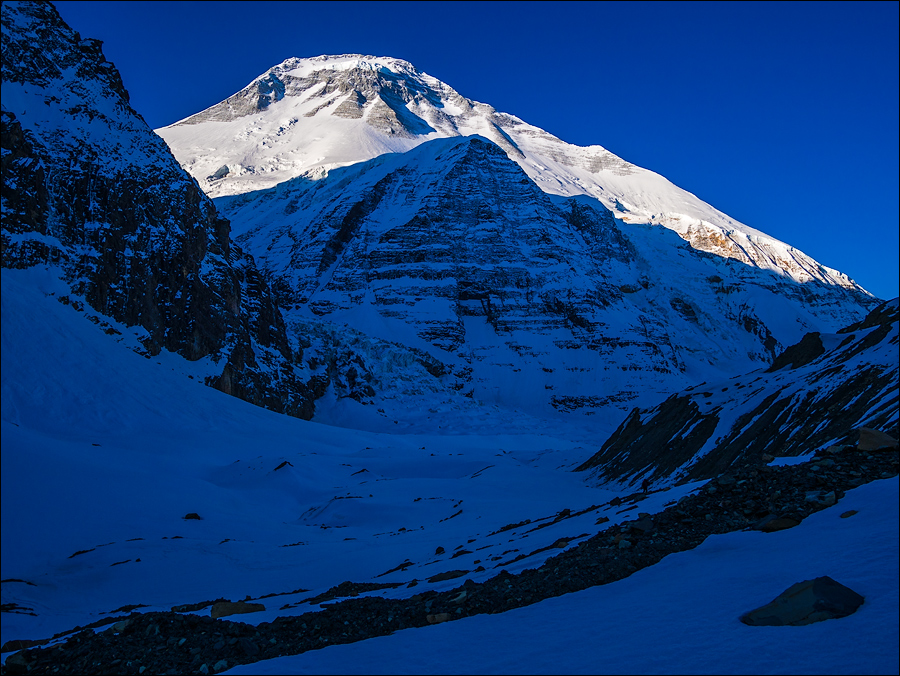
While it is allowed to do this 15 plus day trek independently, I do not recommend this. Why? Because it is such a tough trek at high altitude and with few trekkers undertaking this trek it is unlikely you will meet others on the trails should you get into difficulty. Being a camping trek you also need to be self sufficient for the majority of the time.
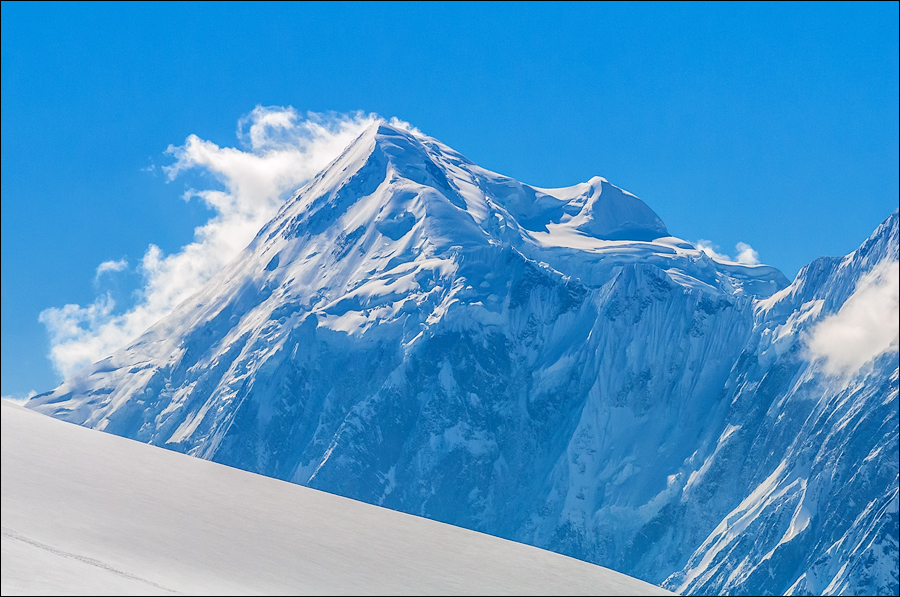
Situated very near the famous Annapurna circuit trail, this area sees mainly climbers who are heading to climb Dhaulagiri. With two high passes to cross, the French Pass (5360 m) and Dhampus Pass (5200 m) a high level of fitness is compulsory. Basic mountaineering skills are also recommended. Dhaulagiri Base Camp (4740 m) is covered in this trek, as is the deepest gorge in the world, the Kali Gandaki Gorge. The whole Dhaulagiri mountain range is on display with mountains such as Tukuche Peak (6920 m), Dhaulagiri I (8167 m), Dhaulagiri ii (7751 m), Dhaulagiri III (7715 m) and Dhaulagiri V (7618 m) giving a truly splendid experience.
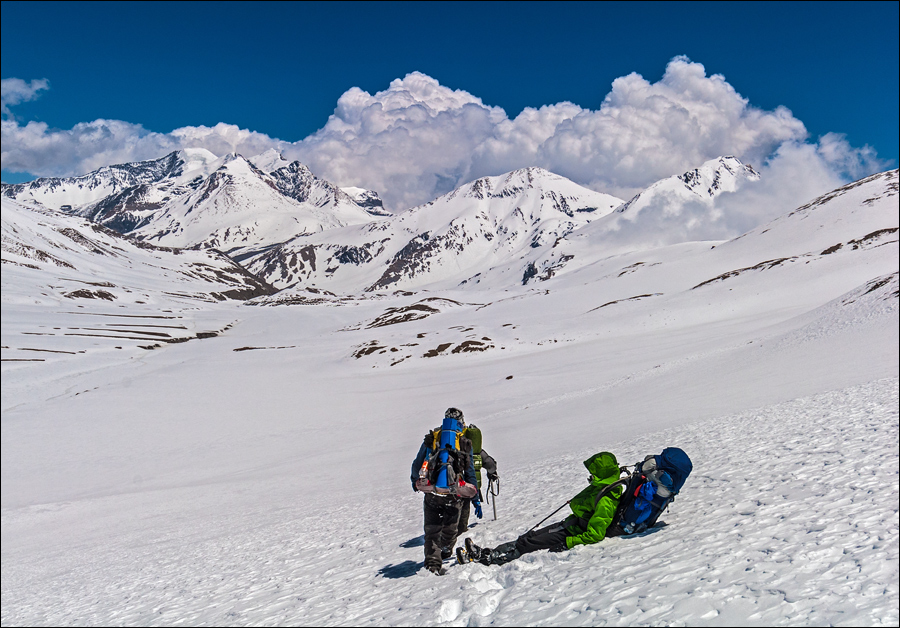
Because this is a trek not usually undertaken, there is very limited information available. So this guide will explain in detail what you should know before setting out.
Getting There
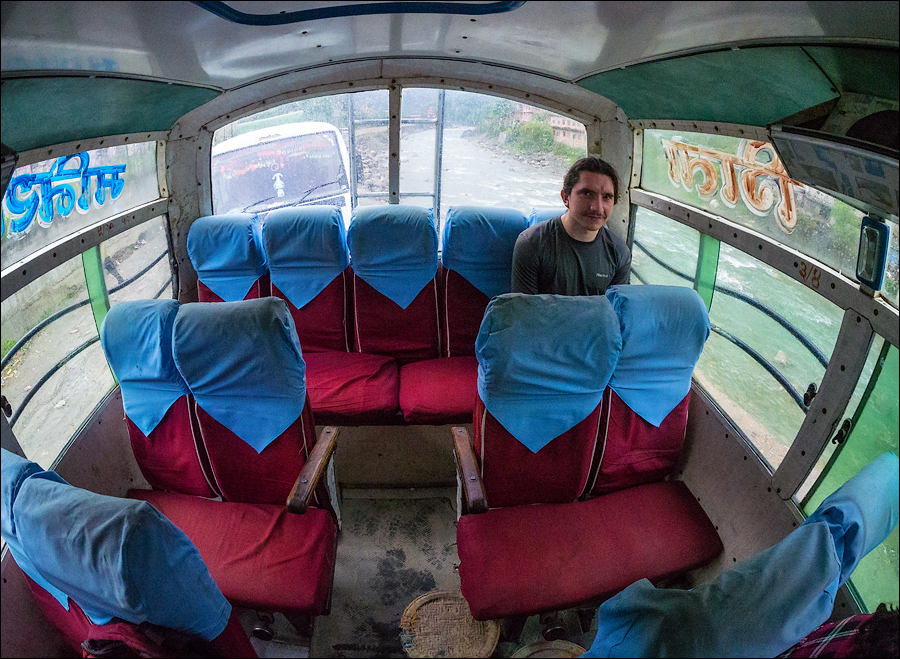
Traditionally this trek starts from Beni, which is the ending point of the Annapurna circuit trek. But now the road extends making it possible to drive up to Darbang (Five hours drive from Pokhara).
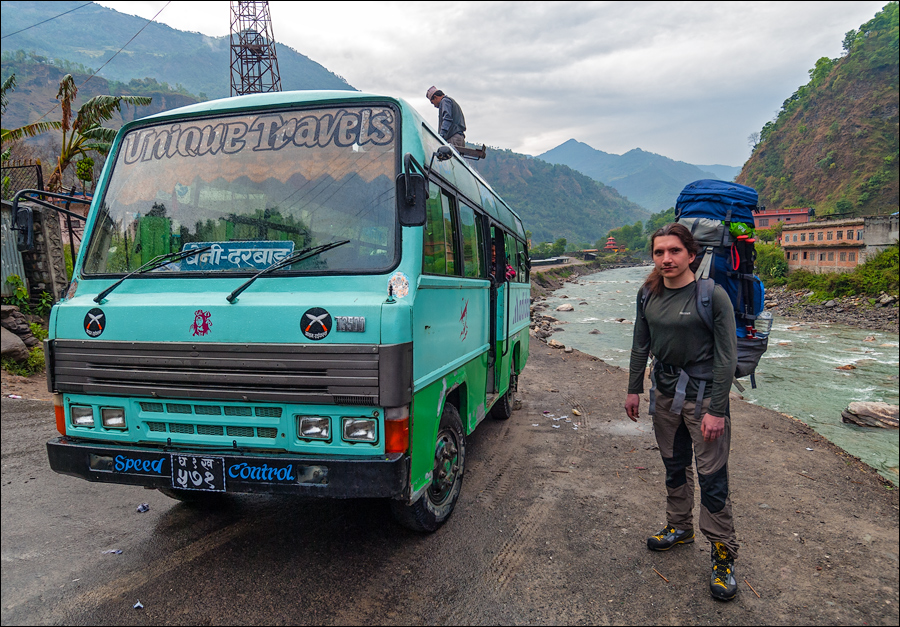
To reach Darbang you can fly from Kathmandu to Pokhara, or drive by local bus, tourist bus, private vehicle. Once in Pokhara drive five hours to reach Darbang.
Note: I recommend you do this trek clockwise, starting at Darbang as to go anti clockwise means too fast a gain in elevation resulting in no proper acclimatization.
Getting Back
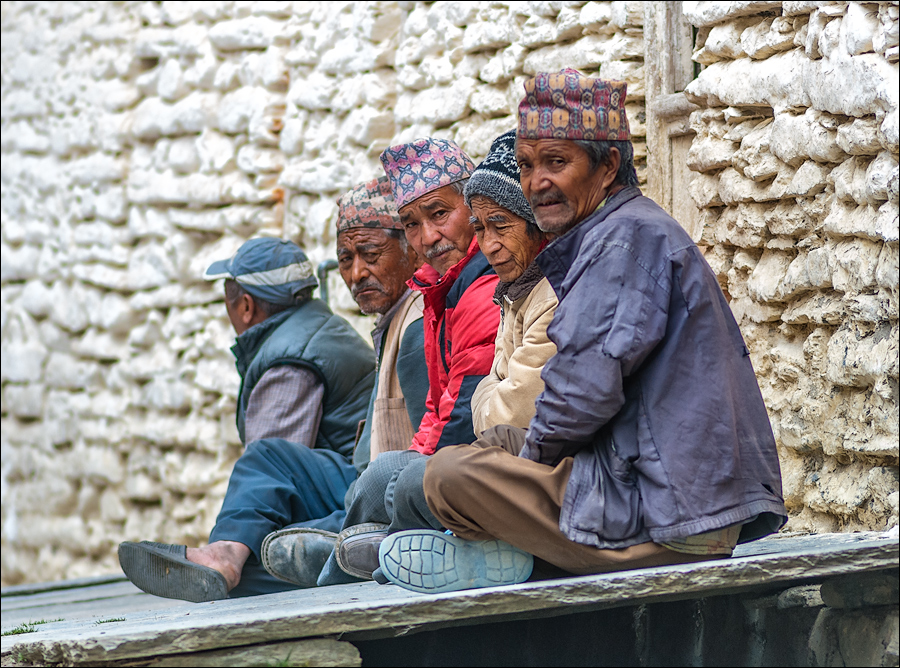
The ending point of this trek is Marpha. From Marpha you can walk to Jomson (a couple of hours) and take a 20 minute flight to Pokhara. Or you can take a local bus or jeep from Marpha to Pokhara, which will take 7 to 8 hours.
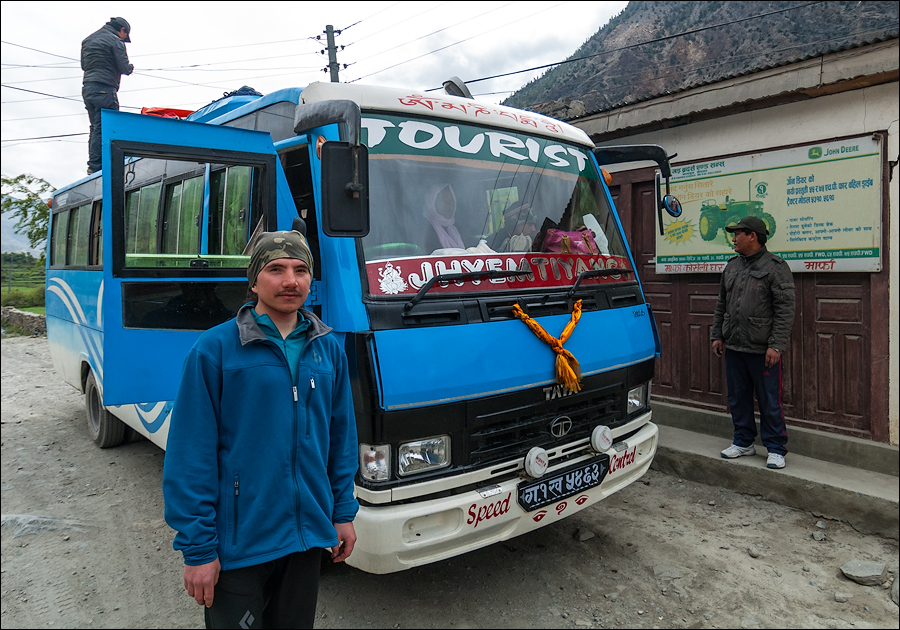
From Pokhara there are many options back to Kathmandu.
Dhaulagiri Trek Map
In addition to a printed map, please ensure to have a GPS device capable of texting on a satellite base. Or ensure your guide will be carrying this. There is no phone signal on the majority of this trail.

To help you plan your trip, I have given a link to an online map below.
Dhaulagiri Circuit Trek Itinerary
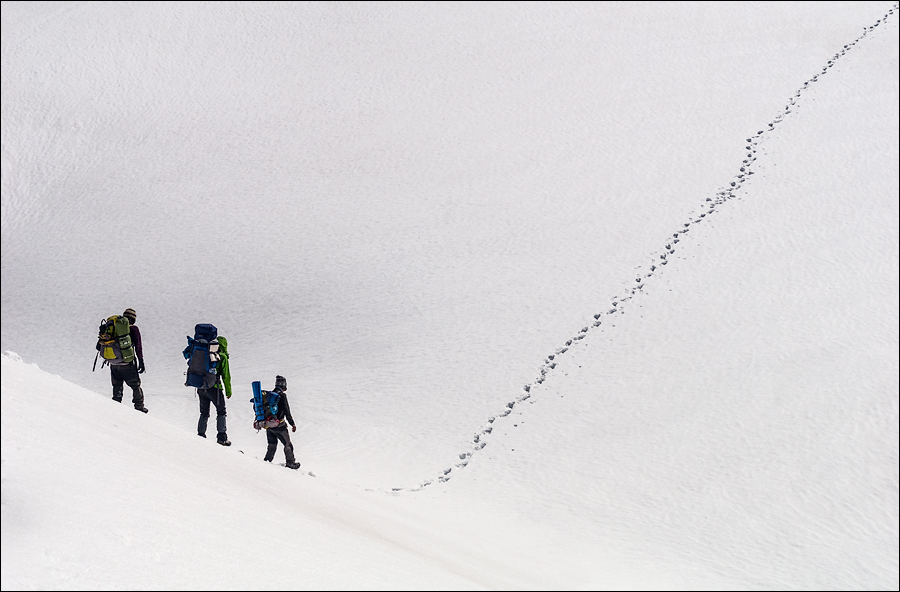
Following the clockwise route, the starting point is Darbang (Near Beni) and the ending point is Marpha (Near Jomsom). Overall your trip will take 15 to 18 days depending on how you arrive and depart (road, flight etc) and how well you acclimatize to the altitude.
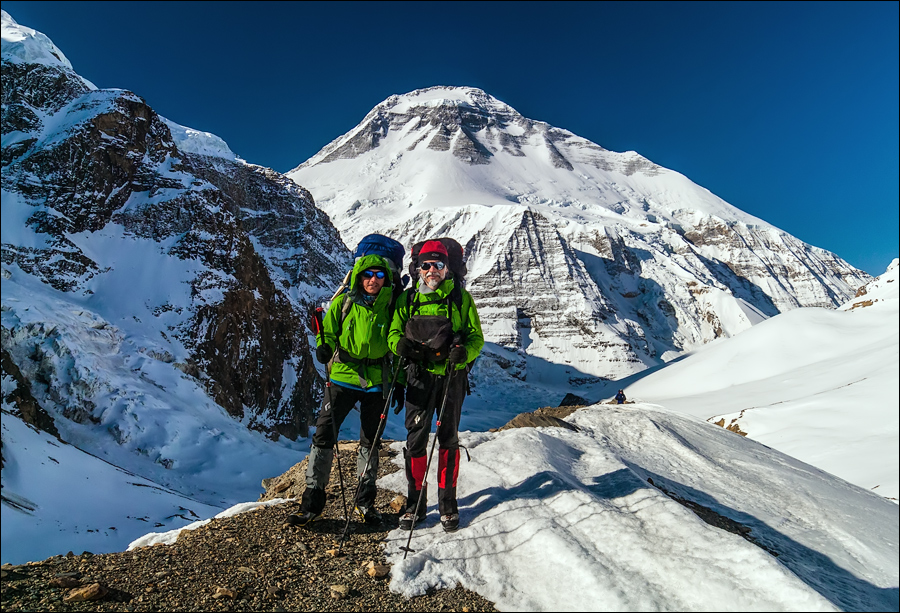
Please take a look at the day by day itinerary given below:
[table id=12 /]
Trekking Permits Required For The Dhaulagiri Circuit Trek
You require permits to trek the Dhaulagiri circuit. These are a TIMS Card and the Annapurna Conservation Area Project Permit.
If you are trekking through an agency, then they will arrange your permits for you. Simply provide them with two photographs.
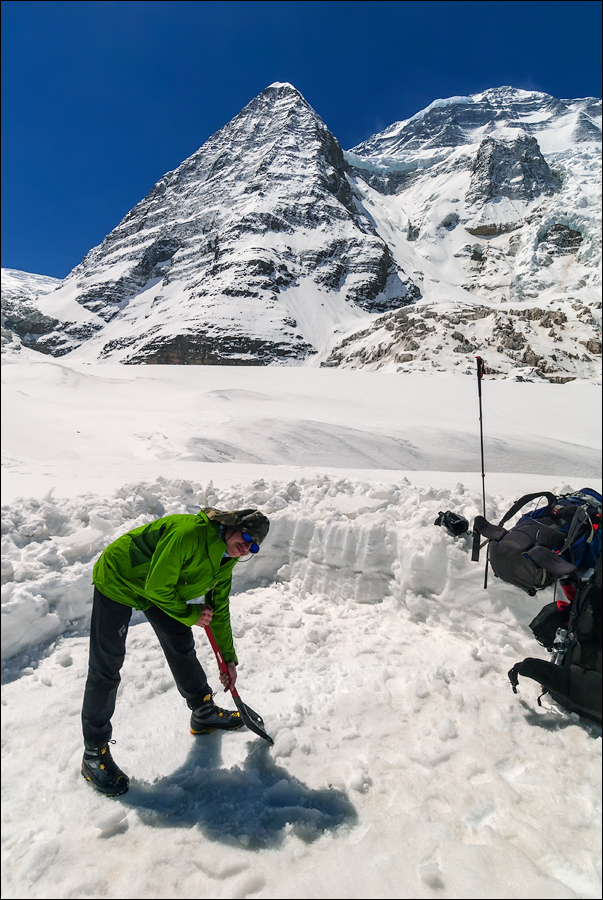
If you are doing the trek independently you will need to obtain your own permits. In Kathmandu you get the permits at the NTNC Office at the Nepal Tourism Board on Exhibition Road (20 minutes walk from Thamel). In Pokhara you get the permits at the NTNC Office at Dam Side (30 to 40 minutes walk from Lakeside). Ask for the form, complete, hand over your money and four photographs!
Here is the permit information made simple below.
Annapurna Conservation Area Project (ACAP) Permit
- The permit cost for ACAP is the same for independent trekkers and for those on an organized trek USD 30
- For those travelling independently, two photos are required and you need to go yourself (No, you can’t get your friend’s permit) to the office.
- For those trekking through an agency, the agency will get the permit for you, and needs only one photo.
Trekkers Information Management System (TIMS) Card
- TIMS costs USD 20 per person for those trekking alone.
- Two photos are required and you also need to go yourself to the Nepal Tourism Board office in Exhibition Road, Kathmandu.
- TIMS costs USD 10 for those trekking through an agency.
- One photograph is required and the agency will collect the TIMS for you.
Best Time To Trek The Dhaulagiri Circuit
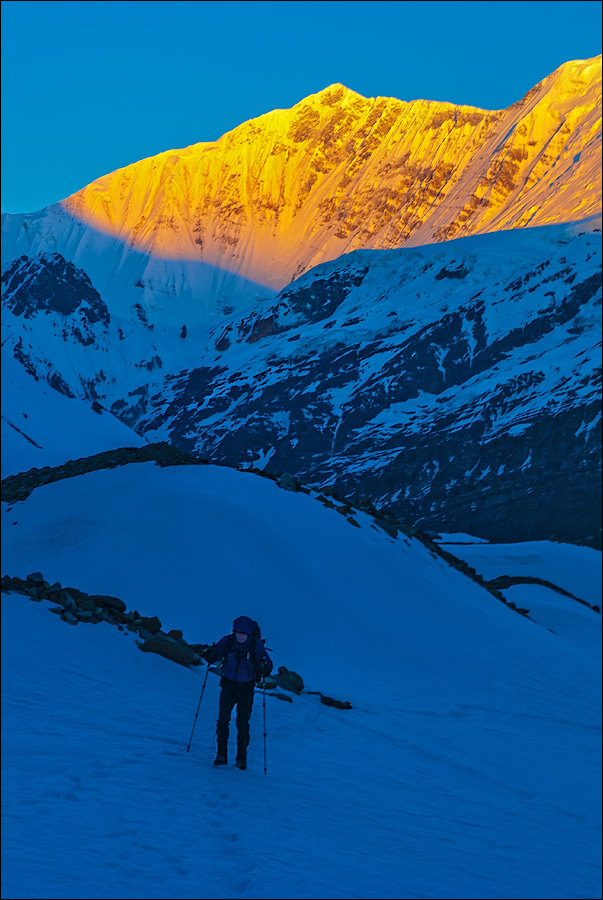
Being that this is a technical trek I do not recommend you try to do this in the winter. In fact it is pretty much impossible and very risky to do in the winter.
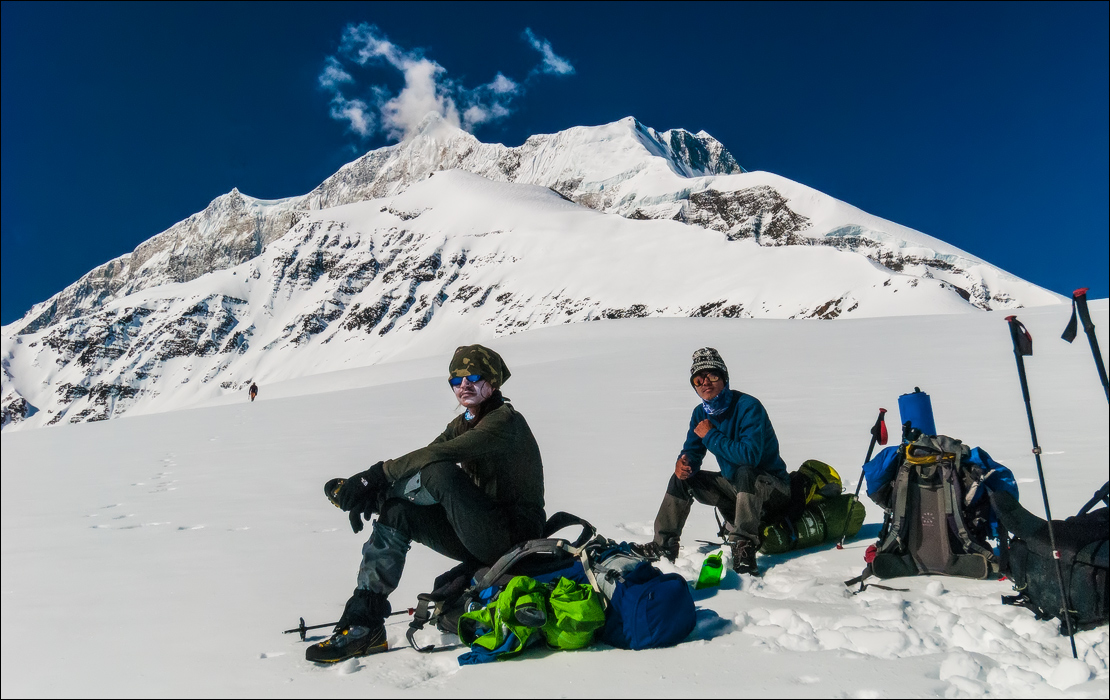
During the monsoon (June to September) the rivers are difficult to cross. And in the early spring (March and April) there are high chances of avalanches.
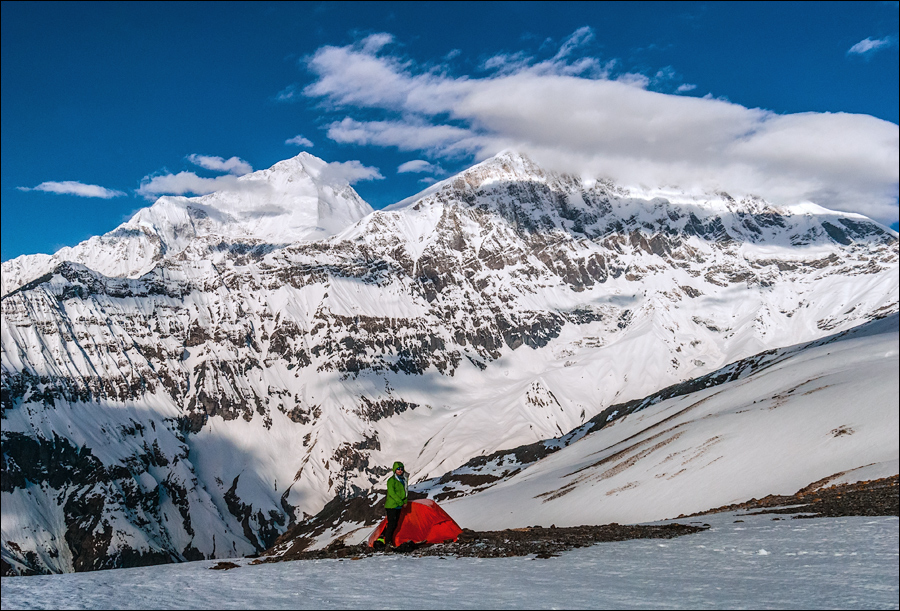
That leaves September to November and May. Which is the best time in terms of safety, access, weather, and beautiful clear views!
Food And Accommodation
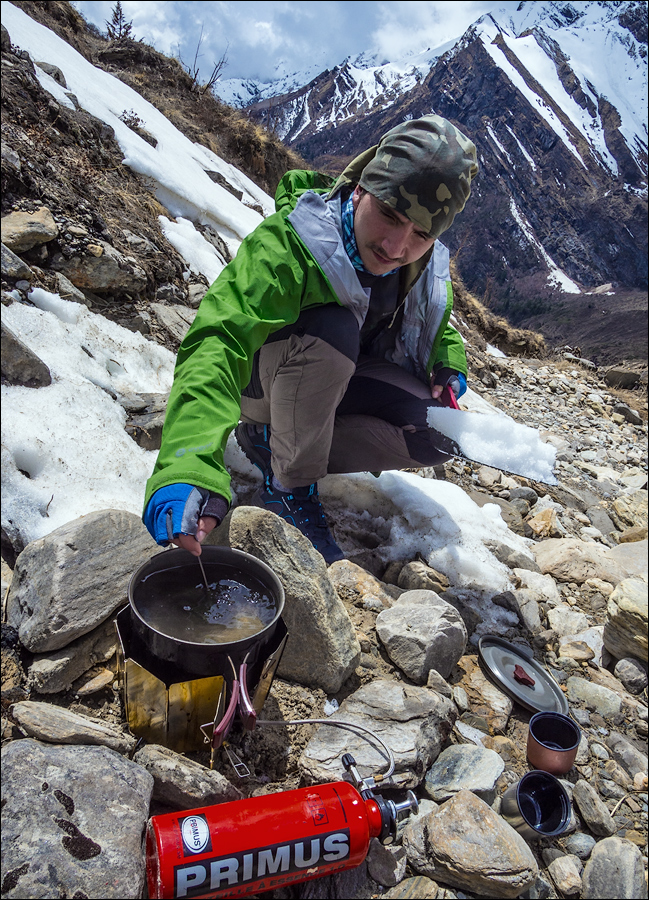
Aside from two or three nights when you can stay in teahouse lodges, this is a tented trek. Therefore you will be sleeping in a tent as provided by your agency. Or yourself if you are trekking independently.
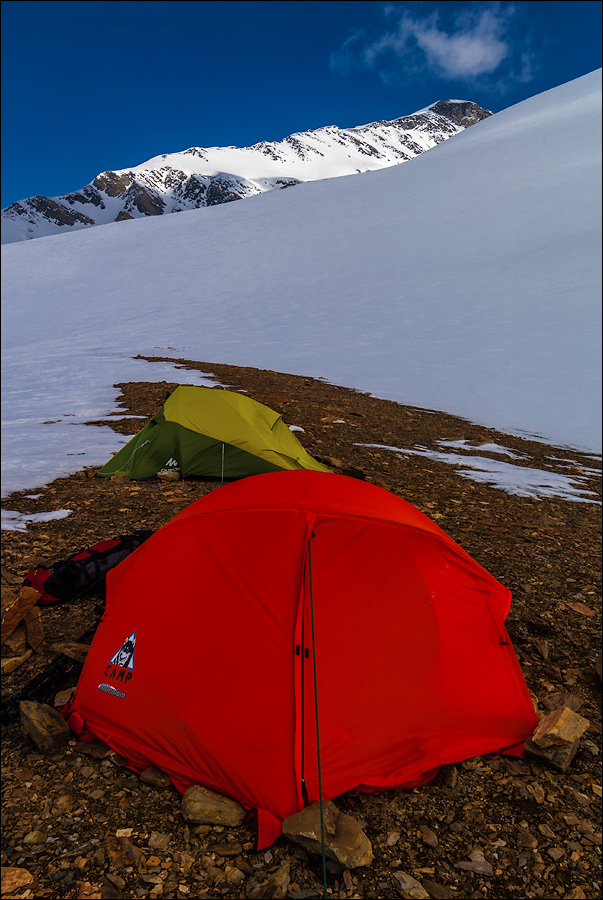
Normally there will be a cook included in your package from your agency who will cook for you. You should talk with your agency if you have any special food requirements.
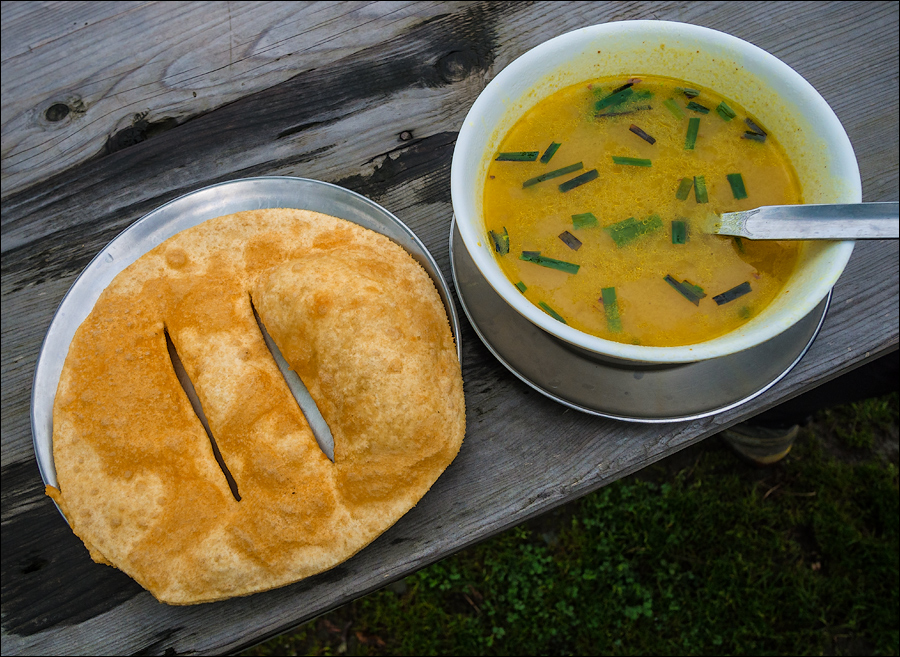
Obviously if you are travelling independently you will need to carry all the food you will require. You can buy food at Kathmandu or Pokhara. I recommend you start your trek very well prepared, do not expect to find much on the trails.
Should You Go With Or Without A Guide?

There is no restriction trekking Dhaulagiri circuit trek independently. But, I do stress that I do not recommend this because of the challenges that this trek presents. In fact you should always hire a guide or a porter on ANY trek in Nepal. This is for your own safety. And also, for this trek, do you really want to be carrying tents and 15 days worth of food with you?
If you are trekking alone, I assume you will have a good map and have done a lot of pre trip planning. But accidents do happen so you should think hard about this.
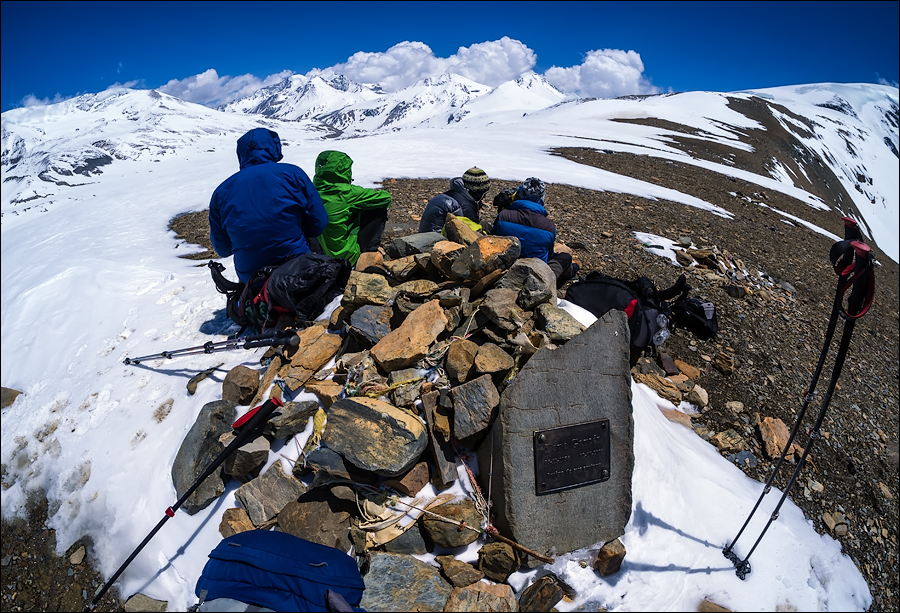
A guide can …
Be more fun! Give you encouragement at those times when the trail is hard and your motivation and energy is low. Help you if you are injured. Provide you with a wealth of information on the landscape, mountains, water sources, and peoples, as well as the route.
A porter can …
Provide some of the above support. Carry your equipment! Probably his knowledge of the mountains will not be as extensive as a guide’s but he knows the trails and can help out in an emergency situation. Please remember not to overload your porter. You may need more than one on this trek.
You can…
Support the local economy by hiring a porter or guide.
An organised trek will …
Take all the strain out of your trip! If you are trekking through an agency they will arrange everything for you. From getting the permits to organising the transport and cooking the food!
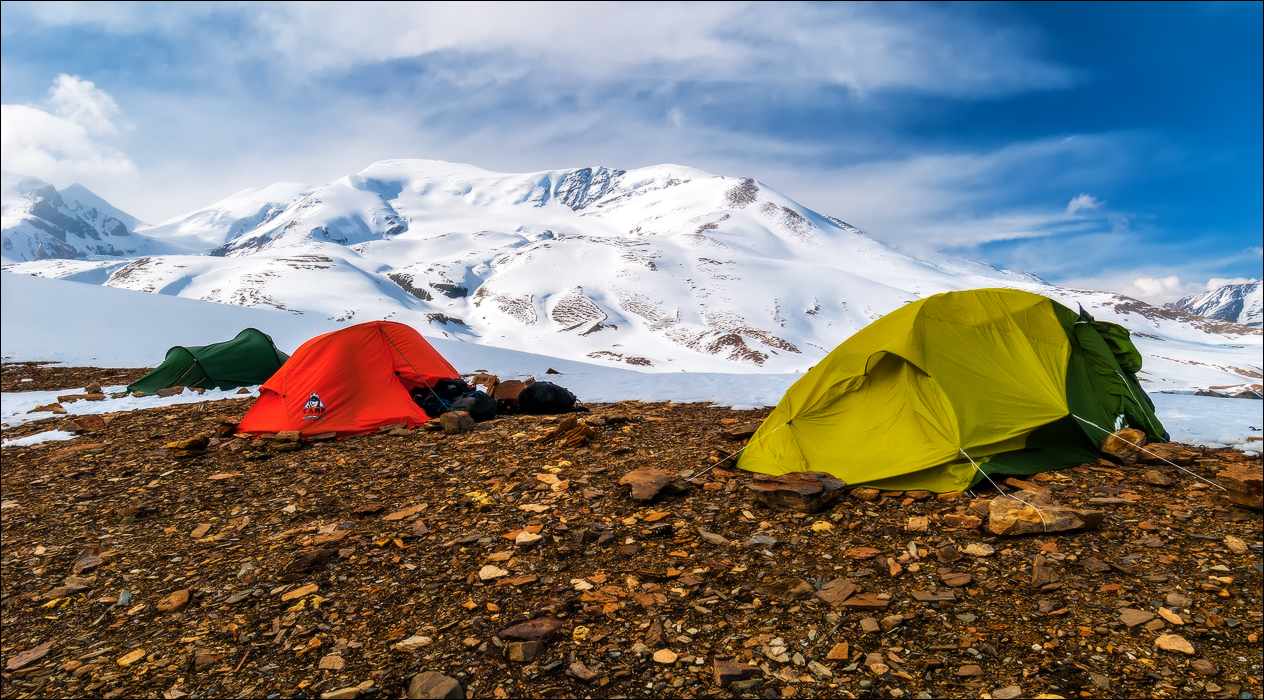
Here is a link from trekker who did this trek independently.
How Much Does It Cost To Do The Dhaulagiri Circuit Trek?
This trek is more expensive than a similar number of days on a teahouse trek. This is because it is a full camping trek.
A basic package for this trek, through an agency, will start from USD 2400 to USD 4000 for two people.
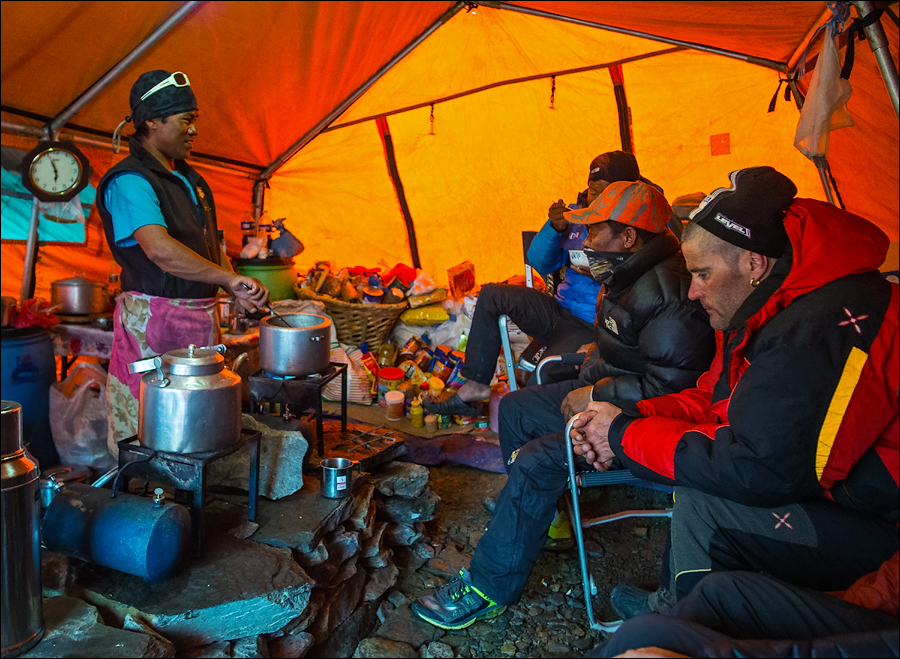
You can reduce that cost by telling the agency you do not require a professional cook. In that case you porter and guide will cook your meals. And just hope they are good at it!
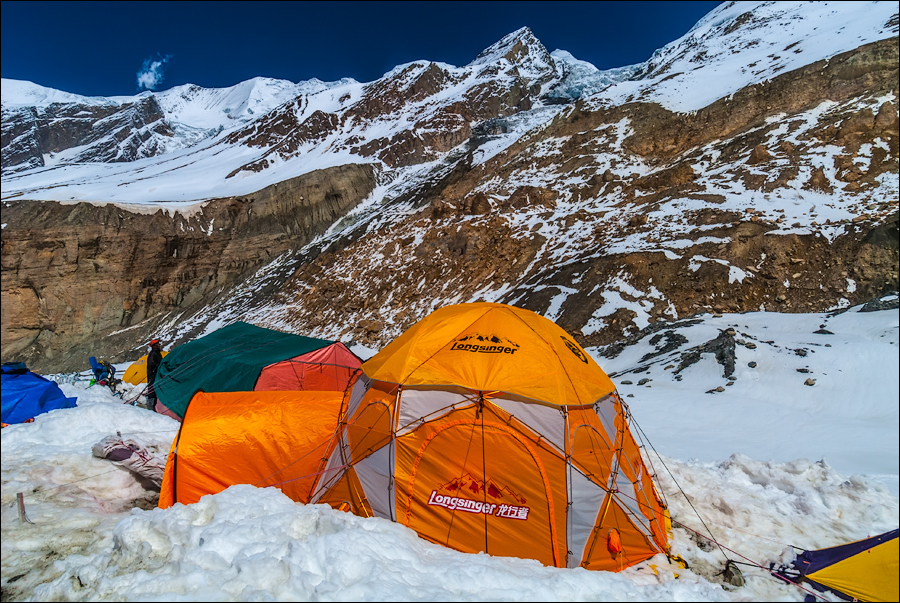
If you are planning to do this trek independently, aside from transport, permits, and equipment hire (If required) it is up to you how much you spend on food and drinks. And I leave you to calculate that yourself.
Disclosure: All the photos are provided by Anatol, my long time friend from Moldova.